What is flea allergy?
Some dogs are allergic to fleas and react with non-stop scratching and biting. Normal dogs are only mildly irritated by fleas. The flea allergic dog is allergic to flea saliva. Just one flea bite causes intense and long lasting itchiness.
The dog chews, licks, or scratches over the rump, on the belly and down the legs. This causes hair loss and damage to the skin. Breaks in the skin allow bacteria in and infection to develop.
What is the proper treatment?
We must eliminate all fleas on the dog and in the environment.
Capstar or Comfortis kill the fleas and paralyse flea mouthparts preventing deposition of saliva.
Every month treat your dog with Advantage, Advocate, Advantix, Frontline, Revolution, or Comfortis to keep flea numbers as low as possible.
Fleas spend most of their life cycle off the dog as larvae and pupae in bedding, carpet, dirt and leaves. Wash bedding in hot water and dry in the sun. Vacuum carpets and furniture often. Rake up leaves in shady places and provide outside kennels or hidey holes off the ground. Call a professional to fumigate your house.
Flea control depends on knowing the life cycle of fleas.
Cortisone products like prednisolone block the allergic reaction and give relief from the intense itching.
If your dog develops a bacterial infection in the skin, your vet will prescribe antibiotics.

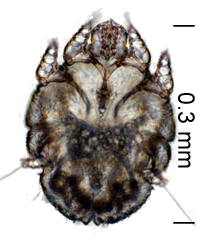
 A special form of Vitamin K reverses the toxic effects of rat bait. Because we are never sure how much poison your pet has consumed it is difficult to know how much Vitamin K should be given and for how long. We will ask you to watch for signs that more is needed.
A special form of Vitamin K reverses the toxic effects of rat bait. Because we are never sure how much poison your pet has consumed it is difficult to know how much Vitamin K should be given and for how long. We will ask you to watch for signs that more is needed.

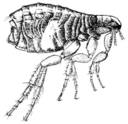
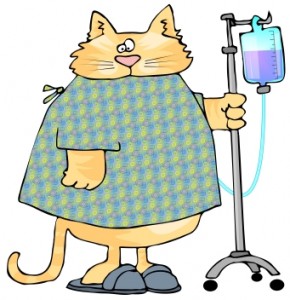
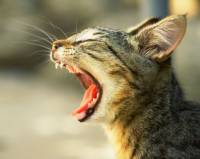
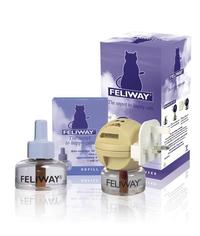
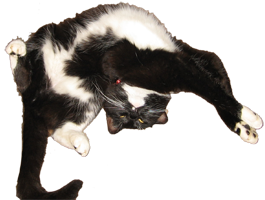
 The doctors and scientists have confirmed what pet owners have known for centuries – dogs are good for you!
The doctors and scientists have confirmed what pet owners have known for centuries – dogs are good for you!